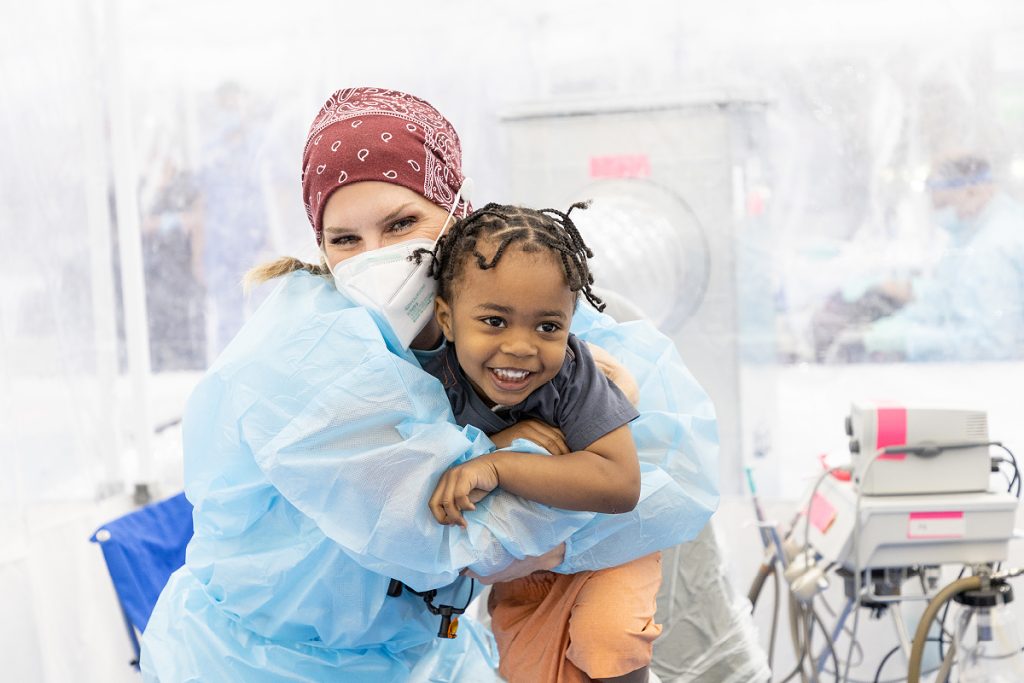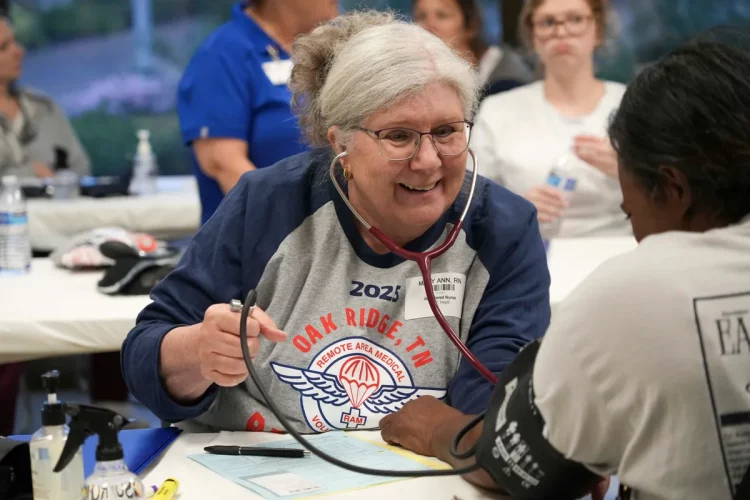In neighborhoods where access to regular healthcare feels more like a luxury than a right, a new wave of community-driven solutions is rolling in—literally. Pop-up clinics, often operated from vans, tents, or retrofitted buses, are appearing in underserved communities around the world, offering immediate, accessible, and often lifesaving health services. These mobile health clinics are rapidly proving they can do more than fill gaps in care—they’re transforming the very structure of community health and rebuilding trust in medical systems.
What Are Pop-Up Clinics and Why Do They Matter?
Pop-up clinics are temporary, mobile healthcare units that deliver medical services directly to people in need, right where they live. These services range from basic health screenings, vaccinations, and chronic disease management to mental health consultations, reproductive care, and addiction support. Unlike traditional brick-and-mortar clinics, they have the flexibility to travel into hard-to-reach or high-need neighborhoods, eliminating many of the common barriers such as transportation, lack of insurance, and language access.
They matter because they meet people where they are—both physically and in terms of readiness. For someone who hasn’t seen a doctor in years due to cost or fear, a walk-up screening at a pop-up health fair feels less intimidating than a formal clinic. For immigrant families unsure of their rights or uninsured residents working multiple jobs, these clinics often represent the only realistic opportunity to interact with the healthcare system in a safe and affirming way.
A Rapidly Growing Movement Across Urban and Rural Landscapes
From South Central Los Angeles to rural Mississippi, mobile clinics are becoming a crucial piece of America’s health equity puzzle. According to the Mobile Healthcare Association, there are over 2,000 mobile health clinics operating in the U.S. alone, serving over 7 million people annually. Their success hinges not only on flexibility but also on partnership: many are run by hospitals, public health departments, or nonprofit organizations in collaboration with local faith groups, schools, or community centers.
Take for instance the “Family Health on Wheels” program in Detroit. With vans stationed weekly outside grocery stores, barber shops, and community centers, this initiative provides routine screenings, diabetes and hypertension management, flu shots, and health education. In many cases, they’re not only detecting illness early—they’re preventing it altogether by equipping residents with real-time knowledge and connections to follow-up care.
Closing the Gap in Preventative Care and Early Detection
Preventive care is one of the most significant gaps in underserved communities. Pop-up clinics help close this by providing on-the-spot blood pressure checks, cholesterol tests, cancer screenings, and sexual health services. By catching red flags early, they reduce emergency room visits, hospitalizations, and late-stage diagnoses.
One of the clearest indicators of impact comes from cervical cancer screenings. In communities where pop-up clinics have introduced regular Pap smears and HPV testing, the rates of early detection and subsequent treatment have increased dramatically. For residents who might otherwise wait years before seeking care, this difference can mean life versus a late-stage prognosis.
Mental Health, Reimagined in the Streets
Mental health services are often the most underrepresented and stigmatized in underserved communities. Pop-up mental health clinics, often led by psychologists or trained peer counselors, offer safe spaces for emotional triage. These clinics allow individuals to talk through trauma, depression, or anxiety in an environment that doesn’t feel clinical or judgmental.
Events like “Mind on the Move” in Chicago deploy converted buses offering free counseling sessions, group therapy workshops, and mindfulness education. What makes these services so effective is the normalization of mental health within everyday settings—people can talk to a therapist the same day they get their blood pressure checked or learn how to manage their diabetes.

Health Literacy and Trust Building Through Human Connection
Another significant function of pop-up clinics is education. These clinics often include volunteers and community health workers who distribute pamphlets, demonstrate healthy cooking techniques, or lead fitness workshops in parking lots or school fields. It’s not just about screenings—it’s about shifting the cultural approach to health through awareness and empowerment.
Trust, often broken by systemic discrimination or past negative experiences, is slowly being rebuilt in these settings. Many clinics make a point of hiring staff from within the communities they serve. When a familiar face offers health guidance or a nurse speaks your language, there’s an immediate bridge of empathy and credibility that traditional healthcare environments often lack.
Overcoming Logistical and Financial Hurdles
Of course, the work is not without its challenges. Pop-up clinics often rely on limited funding, short-term grants, or donations. Their mobility also means navigating permitting issues, unpredictable weather, and equipment transport. Despite these, the relatively low cost of operation—compared to building and staffing a permanent clinic—makes them one of the most cost-effective solutions in public health.
Furthermore, tech innovations like portable EHRs (electronic health records), solar-powered equipment, and mobile lab testing are enhancing the sophistication of pop-up services. These upgrades allow mobile health units to collect data, track patient outcomes, and collaborate with traditional clinics for seamless referrals.
The Broader Impact: A Healthier, More Equitable Society
The ultimate goal of pop-up clinics is not just to treat illness, but to shift the health trajectory of entire neighborhoods. When a mother receives prenatal care from a mobile unit, her child is more likely to be born healthy. When a teenager has access to free mental health counseling, they are less likely to drop out or engage in risky behavior. When a diabetic man learns how to manage his insulin levels early, he avoids hospitalization and maintains his livelihood.
And perhaps most importantly, when communities see that they are being served with dignity and compassion, they become more invested in their own health and more vocal in demanding long-term solutions.
Looking Forward: Can Pop-Up Clinics Become Permanent Pillars?
While their strength lies in mobility and flexibility, many public health experts argue that pop-up clinics should be a permanent fixture in our health ecosystem. Some cities are exploring hybrid models—using mobile units for initial outreach and transitioning patients into connected care networks with telemedicine or community health workers for follow-up.
What’s clear is that the pop-up model works. It brings visibility to invisible health issues. It brings services to those overlooked by traditional systems. And most importantly, it brings hope.

















































